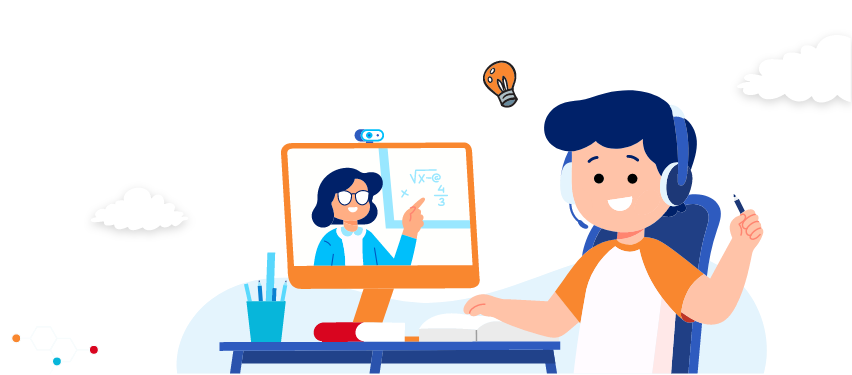n today’s digital age, equipping children with coding skills is more important than ever. Among the many approaches to learning programming, block-based coding has emerged as an excellent starting point for young learners. But what exactly is block-based coding, and why is it so effective for kids? Let’s dive in!
What is Block-Based Coding?
Block-based coding is a user-friendly visual programming language where colorful blocks represent code commands. Rather than typing complex lines of code, children can simply drag and drop these blocks to design programs. Each block corresponds to a specific command or function, making it easy for kids to create projects through intuitive actions. This method is especially popular in platforms like Programming in Scratch for Kids, which are designed to simplify coding and make learning fun and interactive.
By introducing kids to coding with tools like Scratch, they can develop critical thinking, problem-solving, and computational skills in a way that feels like play.
Key Features of Block-Based Coding
Why Block-Based Coding is Great for Kids
Encourages Problem-Solving Skills: Block-based coding helps children learn how to break complex problems into smaller, manageable steps. This approach develops logical thinking and problem-solving abilities that extend beyond coding and into everyday life.
Fosters Collaboration: Many platforms, like those used for App Development Using MIT App Inventor, encourage collaboration by allowing kids to work together on projects. These experiences nurture teamwork and communication skills, which are vital in today’s interconnected world.
Builds Confidence: The simplicity and user-friendly design of block-based coding tools empower children to create projects successfully. As they see their ideas come to life, they experience a sense of accomplishment that enhances their confidence and motivates further learning.
Prepares for Advanced Coding: Starting with block-based coding lays a strong foundation for more advanced text-based programming languages. Platforms like Scratch and MIT App Inventor are ideal stepping stones, enabling kids to transition smoothly into complex coding environments as their skills grow.
Popular Block-Based Coding Platforms
- Scratch: Developed by MIT, Scratch allows kids to create interactive stories, games, and animations with a simple drag-and-drop interface. It’s one of the best tools for introducing block-based coding to children.
- Blockly: Developed by Google, Blockly provides a flexible library for developers to create block-based coding interfaces for different applications.
- Tynker: This platform offers coding games and courses for children, making learning fun through block-based coding.
- Code.org: Code.org features a wide range of courses that incorporate block-based coding, offering beginner-friendly coding experiences.
Little Inventors: Inspiring Future Coders
At Little Inventors, we are dedicated to nurturing young minds by introducing them to the world of technology through creative and interactive learning. Our block-based coding courses for kids are designed to make programming fun and accessible, allowing children to develop essential skills in a playful environment. By focusing on creativity, problem-solving, and collaboration, Little Inventors equips young learners with the tools they need to thrive in a tech-driven future.
Conclusion
Block-based coding is an excellent introduction to programming for children. It’s engaging, intuitive, and offers a solid foundation for future learning. As our world becomes increasingly digital, teaching kids these valuable skills is crucial for their success. Whether through Scratch, Blockly, or any other beginner platforms, the coding journey for kids is just a few blocks away.
Encourage your child to explore their coding potential with Little Inventors and start building their future today!

